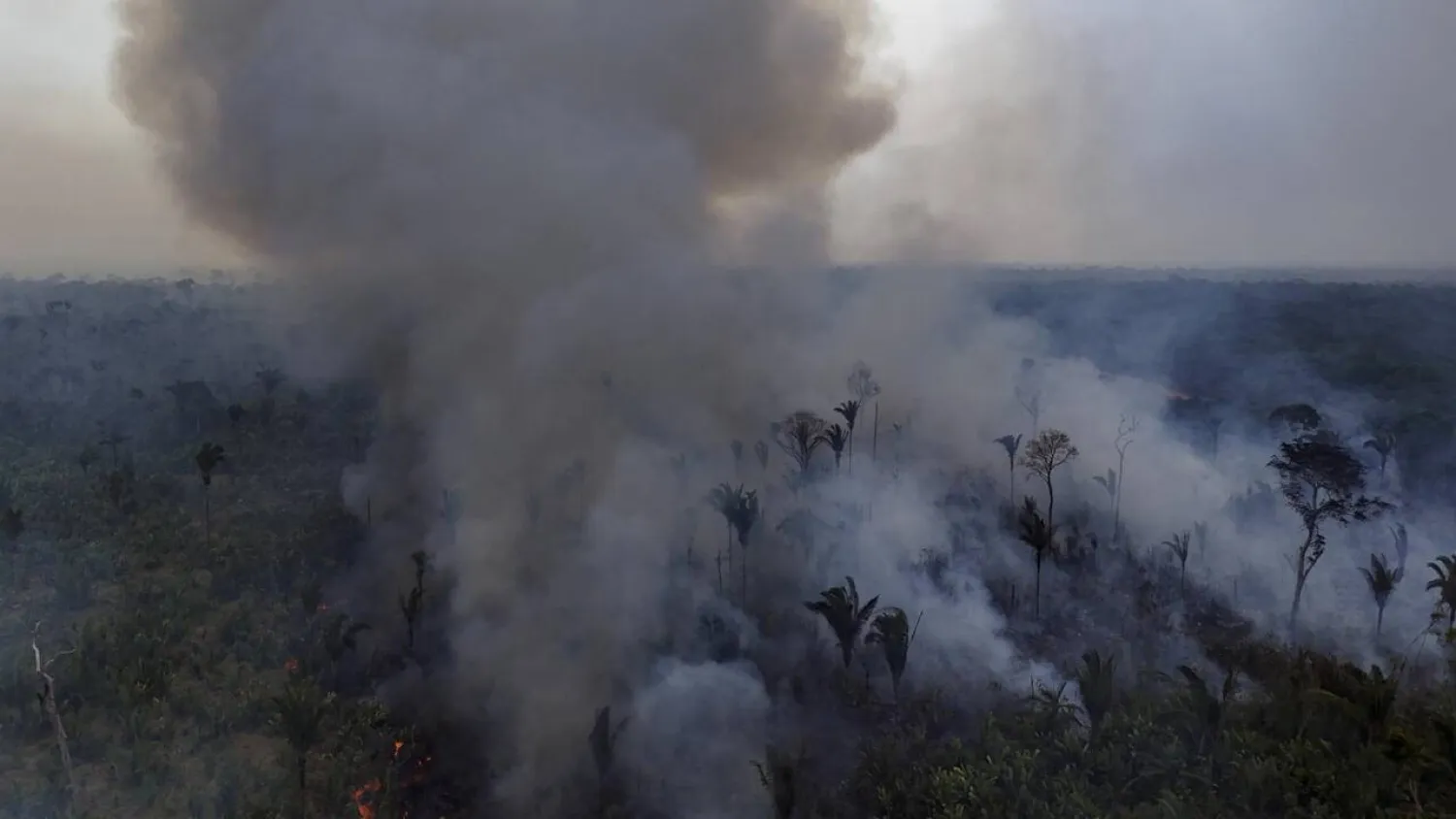The eye of falcon has always been an example on the sharpness of sight, for its role in helping the bird target its prey. This power confused scientists who speculated that the dark 'eyeliner' feathers of peregrine falcons act as sun shields to improve the birds' hunting ability. This hypothesis has been lately proved in a new scientific study led by researchers from the University of Cape Town (UCT) and the University of Witwatersrand, South Africa.
The distinctive dark stripes directly beneath the peregrine falcon's eyes, called the malar stripe, likely reduce sunlight glare and confer a competitive advantage during high-speed chases. It's an evolutionary trait mimicked by some top athletes who smear dark makeup below their eyes to help them spot fast-moving balls in competitive sports.
In the new study, published in the journal Biology Letters, the scientists determined the role of this eyeliner in improving the sharpness of the falcon's eye. They found these markings have evolved according to the climate; the sunnier the bird's habitat, the larger and darker are the dark 'sun-shade' feathers.
The scientists used photos of peregrine falcons from around the world posted on the web by bird watchers and scored the size of the malar stripe for each bird. They then explored how these malar stripes varied in relation to aspects of the local climate, such as temperature, rainfall, and strength of sunlight. They examined samples from 94 different regions or countries. Results showed that peregrine falcon malar stripes were larger and darker in regions of the world where sunlight is stronger.
"The solar glare hypothesis has become ingrained in popular literature, but has never been tested empirically before. Our results suggest that the function of the malar stripe in peregrines is best explained by this solar glare hypothesis," said senior author Michelle Vrettos in a report posted on the UCT website.
Co-author Arjun Amar said: "The peregrine falcon represents the ideal species to explore this long-standing hypothesis, because it has one of the most widespread distributions of all bird species, being present on every continent except Antarctica. We are grateful to all the photographers around the world that have deposited their photos onto websites. Without their efforts this research would not have been possible."







